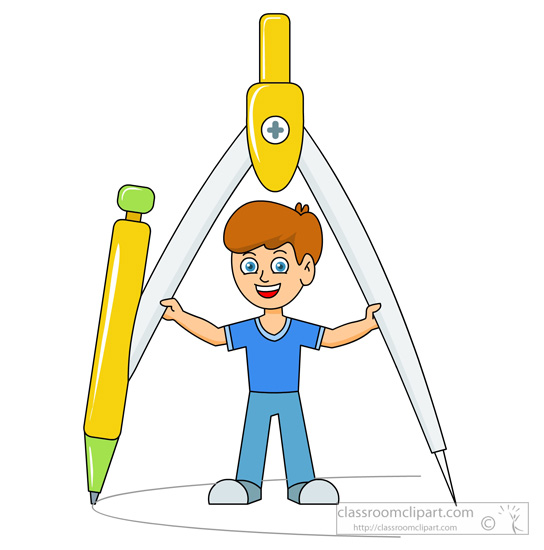My recent post in the NCETM Secondary Magazine discusses how a teacher might put more of a focus on Bearings as, in my opinion, it can cause problems further down the line if not properly taught.
The article can be found here:
Bearings in NCETM Secondary Magazine
or if you don’t have a login, here’s the full article:
Following on from the article in Issue 121 that discussed the complexities of angle rules, a natural link is to the dreaded topic of bearings. How many of your GCSE pupils will proudly tell you about how they use a map compass when orienteering or on a Duke of Edinburgh expedition, but you know that as soon as they come into contact with ‘maths bearings’, they’re already at ‘perplexed’ and are heading straight towards ‘baffled’? They first met bearings in maths in Year 7 or 8, but that’s now a distant memory: bearings are those little silver things that kept Marty McFly’s skateboard wheels turning smoothly, aren’t they?
Let’s start at the beginning: with the combined savvy of the whole class and a few hints, they should be able to recall the three key requirements about bearings:
- measure from North,
- measure clockwise,
- write the answer with three figures (which of course is not entirely true if the bearing is, say, 094.5, so we should clarify that we write 0 first when the bearing is less than 100: “94.5” is not a 3-figure bearing).
Given the simplicity of these three requirements, where do your pupils go wrong when they are faced with a question that contains bearings? Is it because of the wide range of topics that bearings seem to pop up in (trigonometry, construction, scale drawings, Pythagoras’ Theorem), or is it the language used (especially ‘from’ and ‘to’), or is it a consequence of their poor visualisation? Clearly using the map compass for orienteering didn’t help much, probably because it’s too remote from the maths lesson, and uses complicated equipment we don’t have in the classroom – the physical experience of bearings-in-the-field doesn’t have “stickiness” in the classroom. So what’s to be done?
Treating Bearings as a standalone topic may well help: too often it’s tagged on to the end of those other topics listed above, with our assumption that the procedural knowledge of bearings will be easy enough for our pupils to pick up and use, with a little prior reminding.
So, starting at the beginning: let’s role play bearings, either with pupils standing around the room (or outdoor space), or using objects on their desks (with string connecting the two objects). But maybe that’s not the beginning: let’s recap the absolute basics. First, compass directions, aka the eight compass points N, E, S, W, NE, NW, SE, SW. A simple diagram to fill in with the letters and the bearings will be a good recap. At that point, three-figure bearings can be (re-)introduced using East or NE as a good example.

Then start placing objects (or pupils) in correct positions to model a bearing: one object (or pupil) being the centre of the compass and the other determining the line of the direction, and get them answering with more and more fluency. A single lesson should suffice, but recap of this skill in future lesson starters will be worthwhile (and fun!).
Don Steward has some lovely bearing journeys for students to draw on isometric paper, though I would recommend creating a couple of additional examples on square paper with the bearings being multiples of 45°, as well as those below.
Now your pupils should be ready for the big journey: to move from simple bearings-as-steps such as those above to measuring and describing the bearings between two objects A and B. It’s important to ensure they see lots of examples of ‘from’ and ‘to’, and how these words relate to the journeys between the objects or points: they need to be able to tell you that the centre of the compass is placed at the start (where the journey is ‘from’), and the compass arrow points towards the destination (where the journey is ‘to’).
Practical activities will help: on mini WBs, get the pupils to sketch some simple diagrams e.g. “the bearing of B from A is 045”, the bearing “from A to B is 180”. Now return to modelling using pupils or objects on desks, using the wording ‘from’, ‘to’, A and B. This will help your pupils visualise better than before, and not be thrown off course by the extra level of difficulty in the wording.
And now they’re ready to attack those topics that often require understanding of bearings, with more confidence now that they have a secure grasp of the concepts … but do keep recapping the three key requirements, the eight compass points (especially, to reinforce the leading 0 for bearings <100), and do keep using the hands-on modelling in future lesson starters. This should help ensure they don’t lose their way in the future.
Links to resources
- A robot’s journey using compass directions (NRICH)
- Introduction to Bearings (TES Resources)
- Bearings Worksheet (TES Resources).

